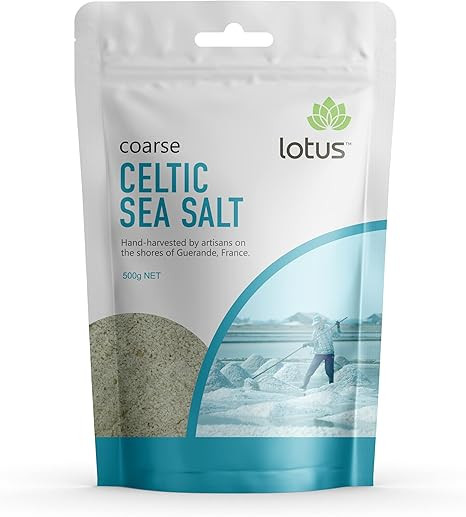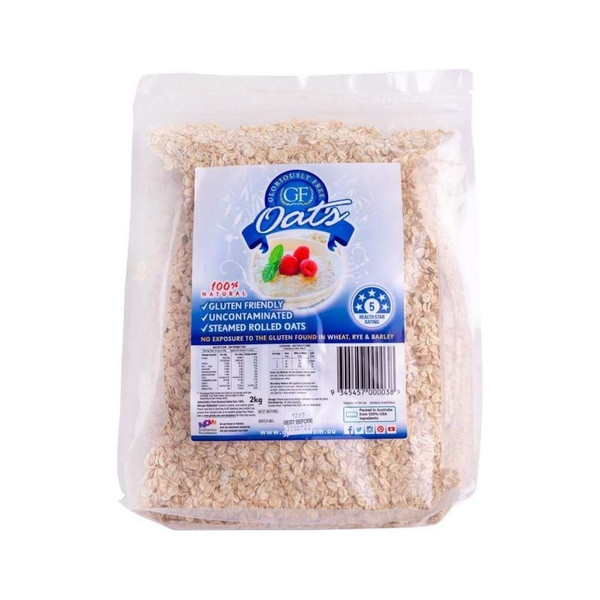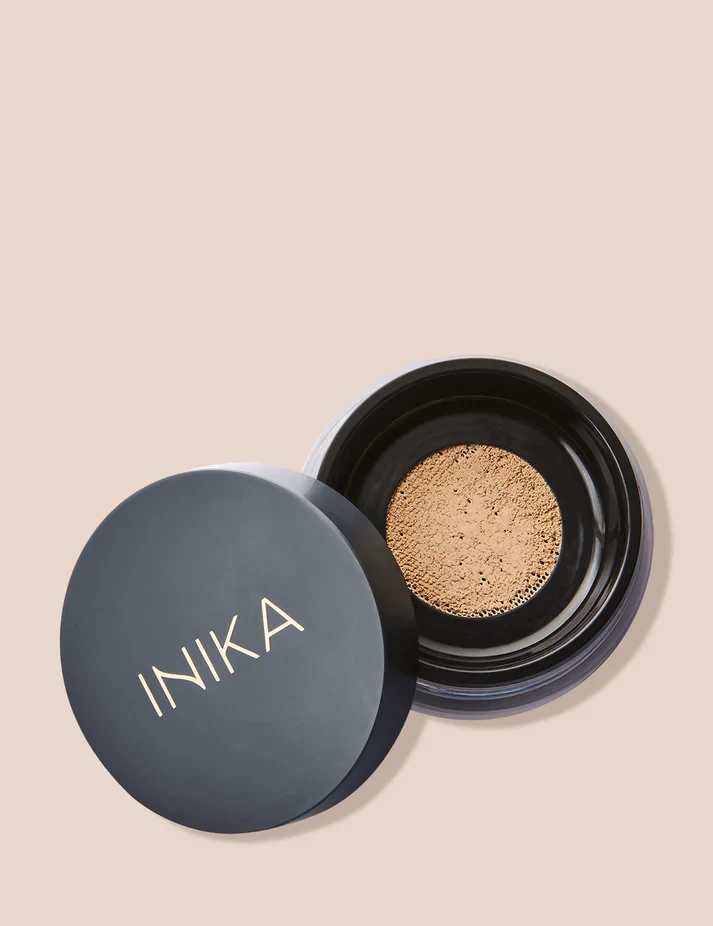REISHI MUSHROOM EXTRACT Ganoderma lucidum Indivita Reishi mushroom is processed by hot water extraction into a fine powder suitable for encapsulation or beverages. Our higher value extract is also extracted with alcohol.
| Beta (1-3),(1-6)-glucans | Greater than 30% |
| Triterpenes | Present |
| Starch | Less than 2.0% |
INDIVITA REISHI IS 100% PURE MUSHROOM No added fillers, starch, grains or mycelium Reishi Mushroom History Reishi mushroom has been revered in China for thousands of years. It is depicted in many Chinese works of art and is utilized in Traditional Chinese Medicine. Today it is widely cultivated using a method of wood log cultivation in shade houses. Scientific research into the compounds responsible for Reishi mushroom activity began in the 1970’s in China and Japan. Scientists discovered highly active beta-(1>3)-glucans with the ability to potentiate innate immunity by activating immune cells. Also discovered were secondary metabolites called triterpenoids which were present in significant amounts and sets Reishi apart from all the other medicinal mushrooms. Reishi Mushroom Uses Our mushroom extracts are commonly used as nutraceuticals, dietary and nutritional supplements. They are also used as a component ingredient of nutritional supplements and vitamins. Mushroom extracts are also used in many food products including but not limited to meal replacement and energy bars, snack bars, fruit and vegetable-based drinks, milk and creamer-based beverages, sauces and seasonings, chocolates, teas, and coffee and coffee substitutes. Active Compounds Beta (1>3),(1>6)-glucans; triterpenoids; Reishi needs the wood-bound precursors to synthesize the triterpenoids for which it is famous. Product Attributes Certified Organic; Kosher; Vegan; Gluten-free; Non-GMO Reishi Mushroom Research Upton R., Petrone C. ed., Reishi Mushroom: Standards of analysis, Quality control, and Therapeutics. American Herbal Pharmacopoeia, 2000, Santa Cruz, Ca. Chang R., Effective dose of Ganoderma in Humans. Proceedings of Contributed Symposium, 5th Mycological Congress, Vancouver 1994. Paterson R., Ganoderma: A therapeutic fungal biofactory. Phytochemistry 67 (2006)
















